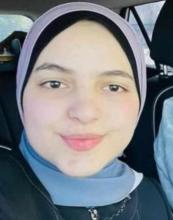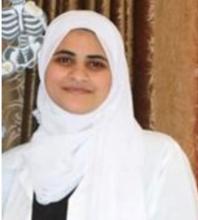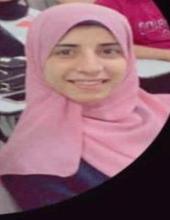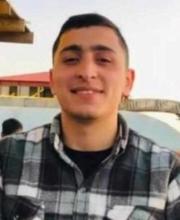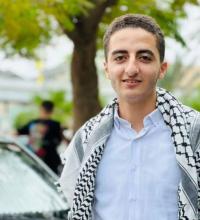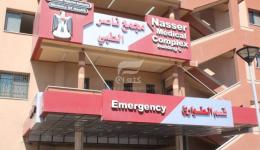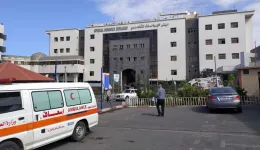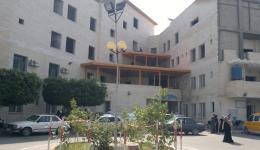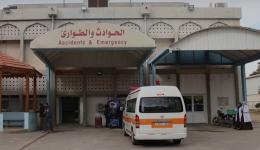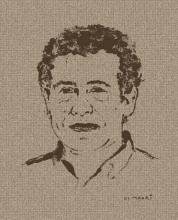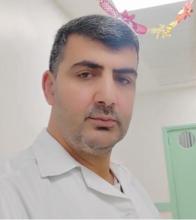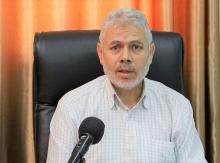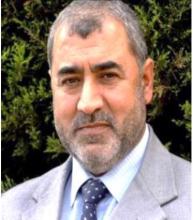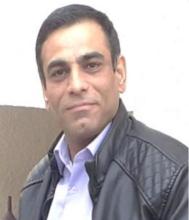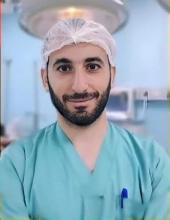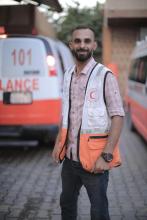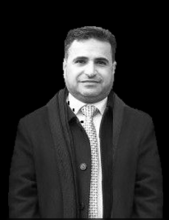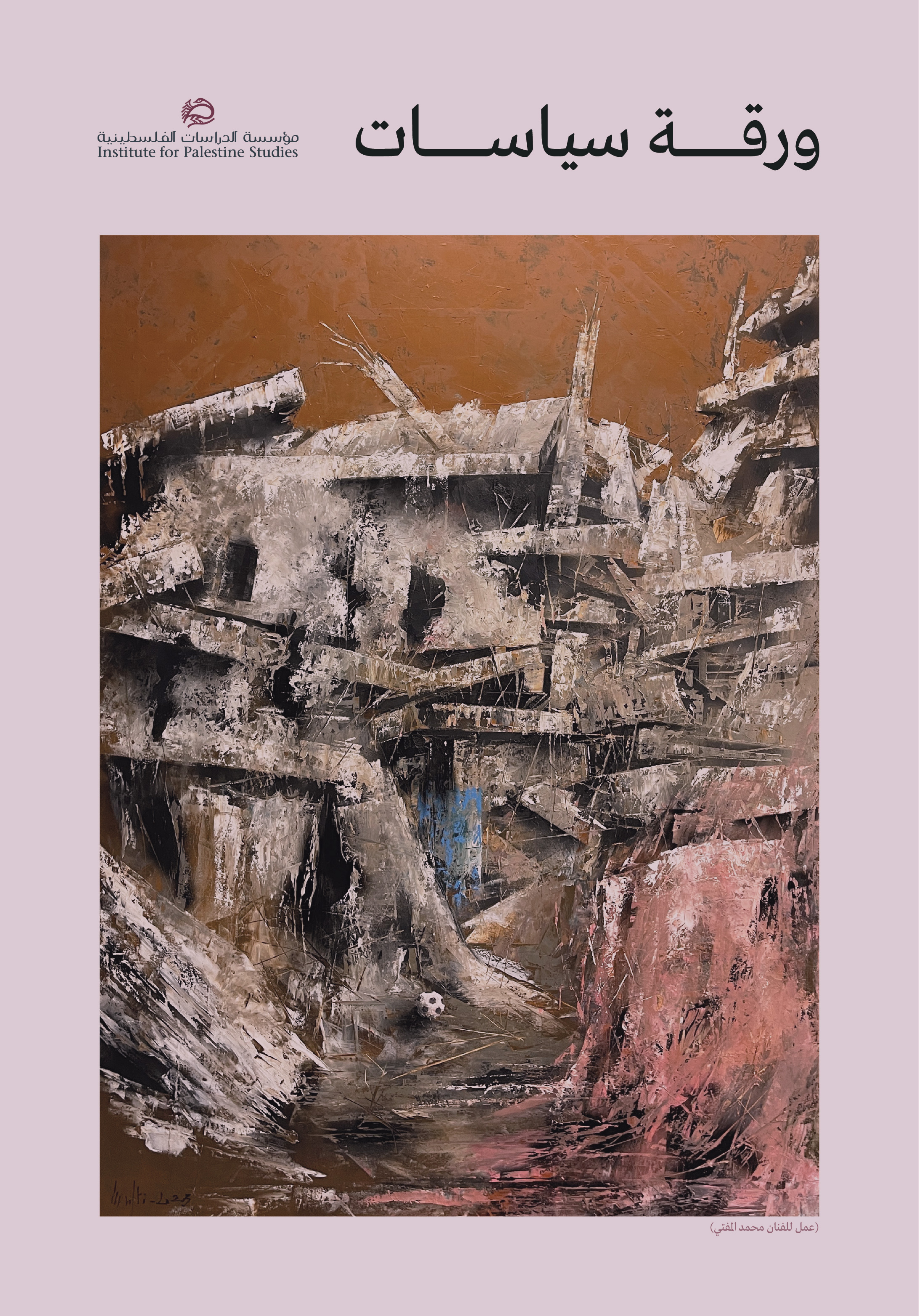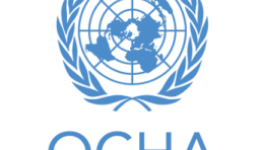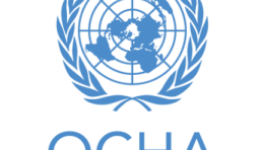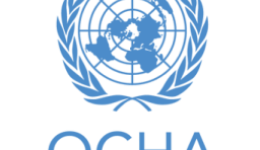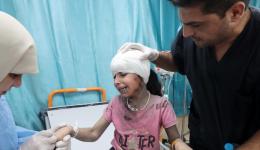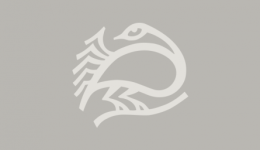About the Platform
The platform "Documenting the Targeting and Destruction of the Health Sector in the Gaza Strip" presents accurate and detailed information about the Israeli assault on health during the genocidal war. This includes data on the attacks on healthcare facilities and health workers who have been killed, abducted, tortured, and maimed by Israeli forces during the genocide, and relevant statements by international organizations and healthcare institutions. These are complemented by original analysis by researchers and authors covering a range of issues in the targeting of the health sector, through which Israeli occupation forces have created a "war biosphere". Read more
Explore the sections
Occupation
Medical or dentistry student
Occupation
Medical or dentistry student
Key events
Occupation
Medical or dentistry student
Key events
Occupation
Medical or dentistry student
Occupation
Medical or dentistry student
Key events
Pagination
United Nations Office for the Coordination of Humanitarian Affairs (OCHA)
United Nations Office for the Coordination of Humanitarian Affairs (OCHA)
United Nations Office for the Coordination of Humanitarian Affairs (OCHA)
Related blogs
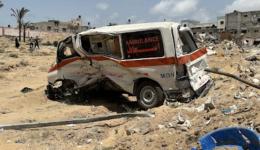
Marah Abdel Jaber, Abeerah Muhammad
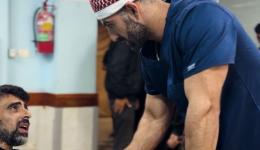
Susan Aboeid, Dr. Ali Elaydi
